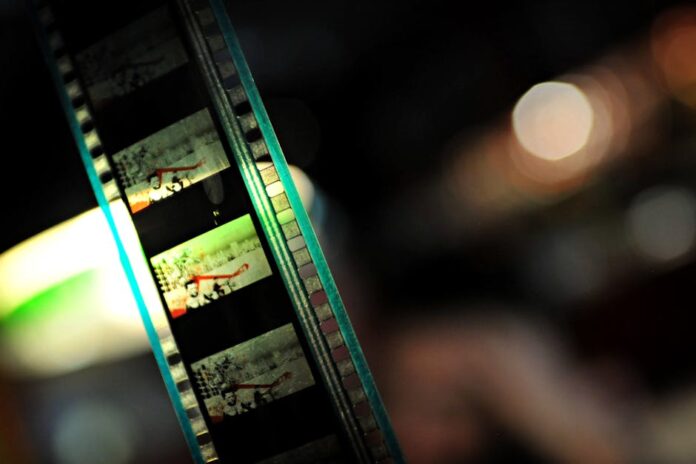⏱️ 4 min read
The history of cinema is filled with fascinating discoveries, groundbreaking innovations, and surprising events that have shaped the film industry we know today. From the earliest experiments with moving pictures to modern digital blockbusters, here are some of the most intriguing facts about cinema’s rich history.
The First Movie Theater Cost Just 5 Cents
In 1905, the first permanent movie theater, called the Nickelodeon, opened in Pittsburgh, Pennsylvania. The admission price was just one nickel, hence the name. This pioneering venue could seat about 100 people and showed short films continuously throughout the day.
Silent Films Weren’t Actually Silent
Despite being called “silent films,” early movies were almost always accompanied by live music. Theaters employed pianists, organists, or even full orchestras to provide musical accompaniment and sound effects during screenings.
The First Colored Film Appeared in 1902
Georges Méliès’ “A Trip to the Moon” (1902) was among the first films to feature color. Each frame was actually hand-painted by a team of artists, creating a stunning visual experience that amazed audiences of the time.
Hollywood’s Original Location
The American film industry initially centered in New Jersey, not Hollywood. Filmmakers moved to California primarily for its year-round sunshine and diverse filming locations, as well as to distance themselves from Thomas Edison’s movie patents.
The Matrix’s Revolutionary Budget Strategy
The Wachowskis spent nearly two-thirds of “The Matrix” budget on the final 17 minutes of the film. This unprecedented allocation strategy changed how studios approached special effects budgeting in blockbuster films.
Psycho’s Groundbreaking Shower Scene
Alfred Hitchcock’s famous shower scene in “Psycho” actually consists of 78 camera setups and 52 cuts over just 45 seconds. The scene took seven days to film and revolutionized editing techniques in horror cinema.
The Birth of the Oscar Statue
The Academy Award statue was designed in 1928 and allegedly nicknamed “Oscar” by Academy librarian Margaret Herrick, who thought it resembled her uncle Oscar. The nickname became official in 1939.
First Sequel in Film History
The first movie sequel was “Fall of a Nation” (1916), a follow-up to D.W. Griffith’s controversial “Birth of a Nation” (1915). Surprisingly, this pioneering sequel has been lost to history, with no known copies surviving.
The Sound Revolution’s Real Cost
The transition to sound films in the late 1920s cost the industry over $300 million (equivalent to billions today), as theaters had to be equipped with sound systems and studios needed new recording equipment.
Jaws Created the Summer Blockbuster
Steven Spielberg’s “Jaws” (1975) established the modern summer blockbuster pattern. It was the first film to earn over $100 million at the box office and created the wide-release distribution model still used today.
The First Feature-Length Animation
Argentina produced the first feature-length animated film, “El Apóstol,” in 1917. This 70-minute film utilized 58,000 frames and took one year to complete, predating Disney’s innovations by over a decade.
Star Wars’ Revolutionary Sound Library
Ben Burtt created the iconic lightsaber sound in Star Wars by combining the hum of an old projector with feedback from a TV set. This began Lucasfilm’s tradition of innovative sound design that continues today.
The Mystery of Film Sprockets
Thomas Edison and W.K.L. Dickson established the 35mm film format with four perforations per frame, which became the industry standard. This decision in the 1890s still influences digital cinema specifications today.
Gone with the Wind’s Lasting Record
Adjusting for inflation, “Gone with the Wind” (1939) remains the highest-grossing film of all time, with an adjusted box office of over $3.7 billion. The film also set records for Academy Award nominations and wins at the time.
The First Million-Dollar Movie
1916’s “Intolerance,” directed by D.W. Griffith, was the first film to cost over $1 million to produce. Its elaborate sets, thousands of extras, and lengthy running time made it the most expensive film of its era.
These fascinating elements of cinema history demonstrate how the film industry has continuously evolved through technological innovation, creative breakthroughs, and cultural changes. From humble nickelodeon beginnings to today’s digital spectacles, movies continue to capture imaginations and push the boundaries of what’s possible in storytelling.

